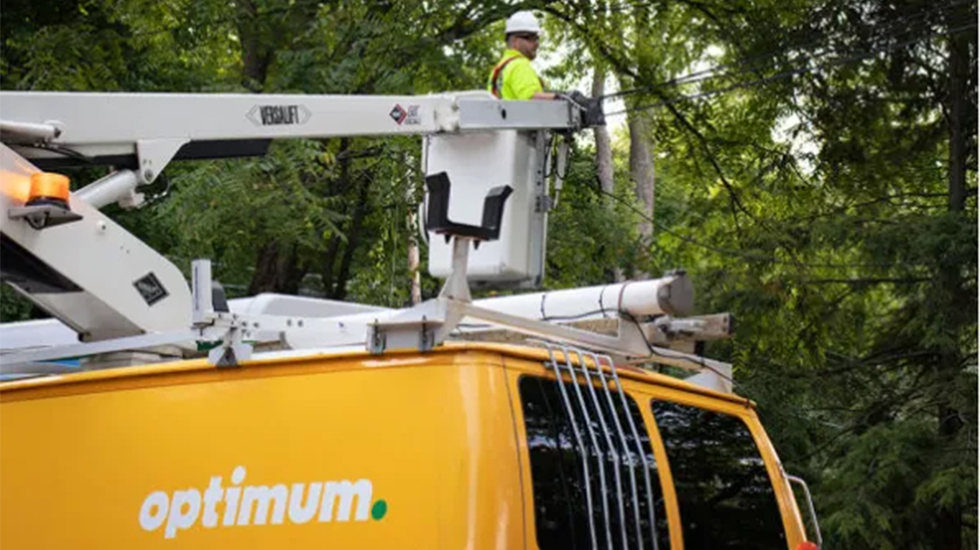Is ENG pointing the way to a bright future for OTA TV? – Part 1
ENG has played a central role in much of television since the film cameras gave way to shoulder-mounted video cameras tethered to U-matic recorders.
Together with point-to-point microwave transmission systems, these technologies — and their successors — have had a profound effect on the way news is reported and looks on television. But the impact of ENG may stretch far beyond live reporting of news, sports and weather from remote locations.
Recent ENG developments may one day be regarded as the agent of change that made it possible for broadcasters in the U.S. to transition from a first-generation digital OTA modulation system that relies on a single carrier to a next-generation DTV transmission system that encodes data on multiple carrier frequencies.
In other words, ENG may prove to be the technology that raised the comfort level and familiarity of U.S. television broadcasters with coded orthogonal frequency-division multiplexing (COFDM), setting the stage for a next-generation ATSC 3.0 transmission standard.
The Advanced Television Systems Committee’s call for proposals for the physical layer for ATSC 3.0 generated several responses. At least half of the 11 proposals outlined Oct. 2 in a summary of submissions posted on the ATSC website are OFDM based.
What’s different about consideration of OFDM-based approaches this time around, says Mark Aitken, VP Advanced Technology for the Sinclair Broadcast Group, is the experience U.S. broadcasters have gained with COFDM ENG transmission.
“Broadcasters now know the ‘magic’ of OFDM from ENG,” he says, “the magic of putting a little device on the back of the camera and walking around rather than setting up appoint-to-point ENG shot with a microwave link that’s like a laser beam shot.
“All of that collective experience has brought the industry to an awareness that OFDM is the right move.”
Get the TV Tech Newsletter
The professional video industry's #1 source for news, trends and product and tech information. Sign up below.
(Sinclair Broadcast Group and Coherent Logix jointly submitted a proposal for the ATSC 3.0 physical layer in which LTE and LTE-A play central roles.)
That COFDM experience has been gained over the past several years as television stations replaced their analog radios and receivers used for live ENG shots to digital successor technology thanks to Sprint-Nextel and the 2GHz Broadcast Auxiliary Service relocation project. At the same time, small COFDM-based camera back transmitters have played important roles in the coverage of everything from marathons to city council meetings.
While OFDM solutions are not the only schemes under consideration for the next generation of OTA television, they do appear to offer some familiar strengths, such as resilience against fading and multipath, and other attractive advantages that possibly could benefit broadcasters by ameliorating likely negative consequences of a TV band repack, such the problem of finding channel assignments for LPTV broadcasters, TV translator stations and repeaters.
(Editor’s note: The next installment of this series examines how OFDM could potentially solve or at least reduce TV spectrum scarcity stemming from a repack.)
